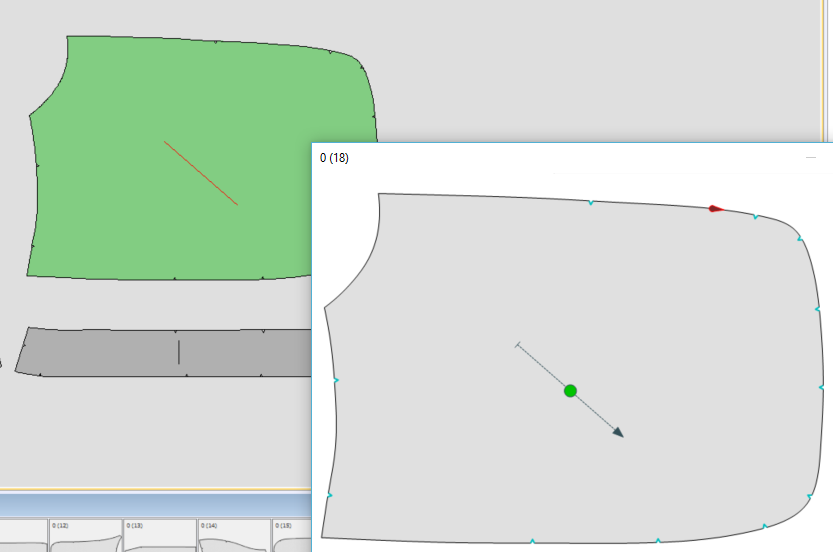MindCUT ® 2018 release offers the following new features and enhancements:
MindCUT Studio Capture
Productivity
Leather workflow process enhancements
Integrated as a requirement for the new leather offline workflow, assignment of structured quality regions based on predefined topologies is now available. This allows quick assignment and coordinated modification of regions without the need of multiple quality zone editing.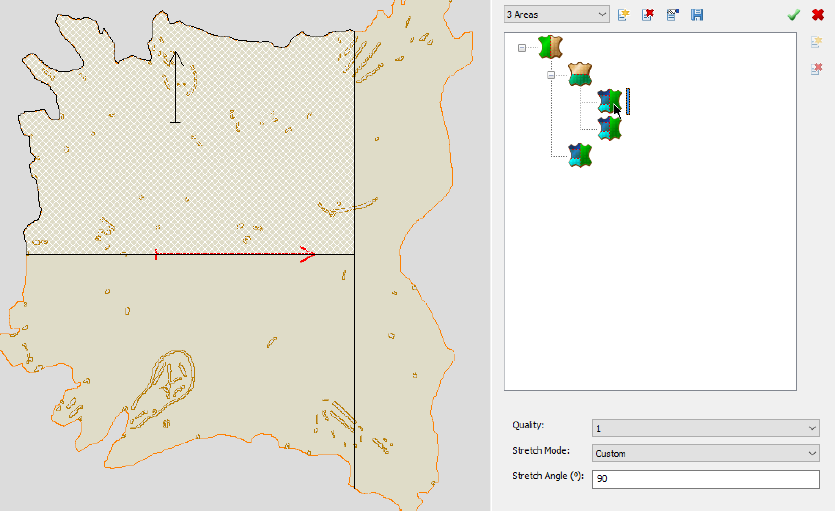
Revised capture interface for process simplification
Based on market requests, several simplifications and optimizations were carried out on the capture workflow that directly affects operator productivity. This includes adding the ability to configure the color for defects, allowing zero dashes quality detection which leads to the removal of the zone translator interface which was deemed complex to configure.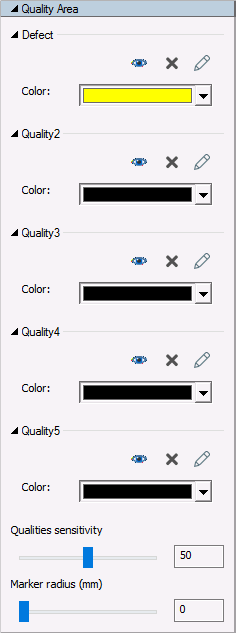
Derived from the wide range of materials addressed in pattern matching scenarios, advanced camera parameter templates can now be associated with a specific material capture template.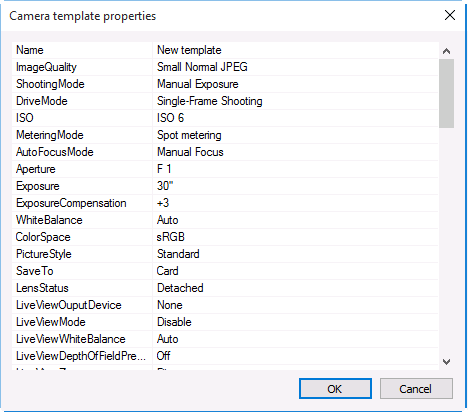
A major interface redesign was done to allow an integrated environment for material capture with capture mode floating/dockable interface.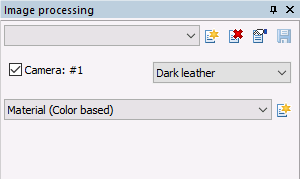
This enables quicker setup and deeper control of complex scenarios adding the ability to process a specific image by multiple modes to allow extraction of different aspects. Also, since image capture and material digitizing steps are now clearly separate, multiple digitizing from a single image is now possible. This is very important for processes where image capture is done on conveyor loading extensions.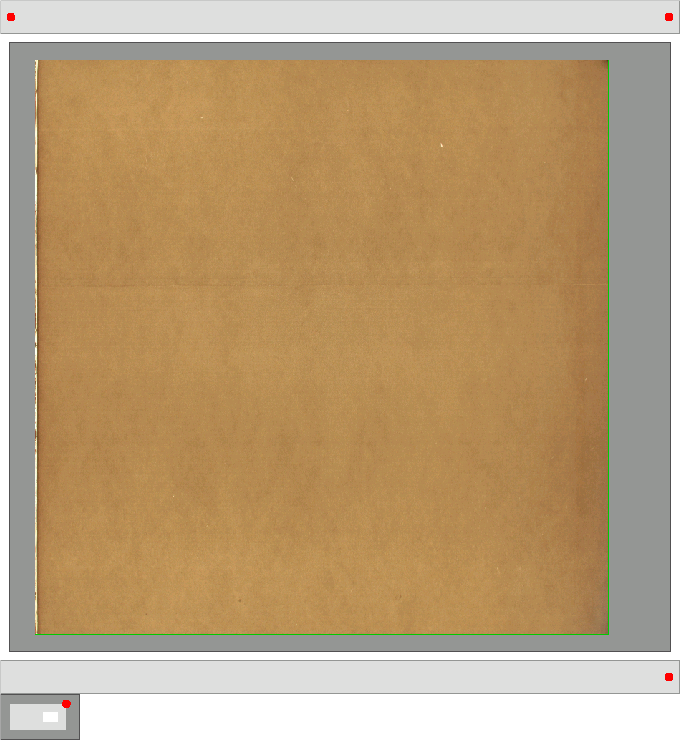
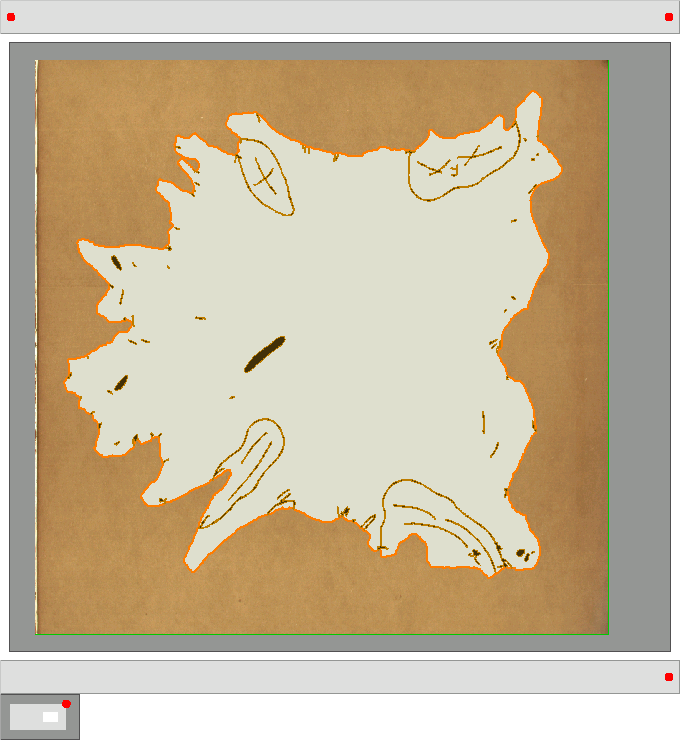
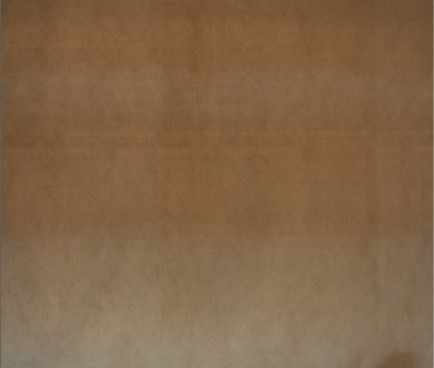
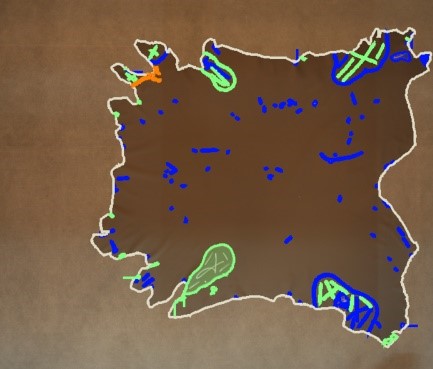

New capture modes
For new scenarios, alternate image processing modes were introduced. This includes simpler color-based material detection, reference mark detection and part contour vectorization.
Revised interface for user interaction simplification
Changes to some interface details were made to ensure concept clarity and missing functionality. It is now possible to select a camera template and a material thickness that are easily and fully integrated on the main interface.
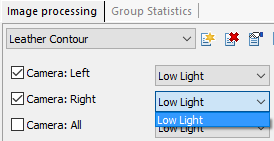
Also, a revision on terminology had been carried out for coherence of “Dashed distance” for Dashes capture mode where its meaning is “Connect to Border Distance”.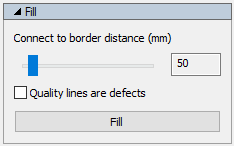
MindCUT Studio
Productivity
Enhanced cutting control
Several optimizations were done related to cutting control. This includes but is not limited to:
- Optimization of cutting path in common line removal scenario.

- Allow pen double pass on reverse.

- Optimization of tangential pre-rotation of tools.
- Allow to choose a configuration template for trim cut.
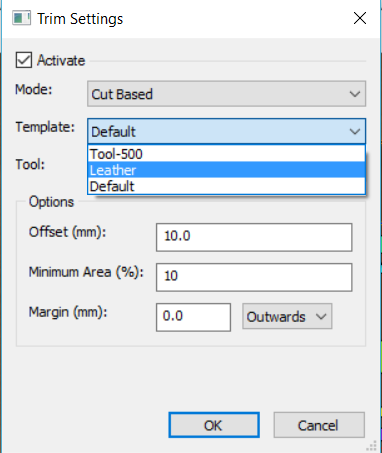
- Automatic Pump On when “Auto enable at parts”.
- Dynamic vacuum should not change already open cells from auto enable at parts option.
- Define after cut parking position based on parts to be cut with a safety margin.

- Pickup area changes when sending parts to cut.
- Revised pickup tool with implicit confirmation, auto print label and better navigation.
- Support for "Flip Material" when cutting material.

- New conveyor direction option (both ways).
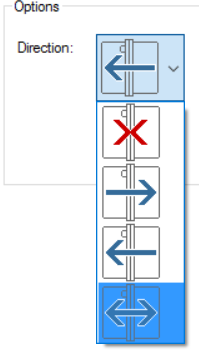
- New process workflow handler categories (Operations, Storage).
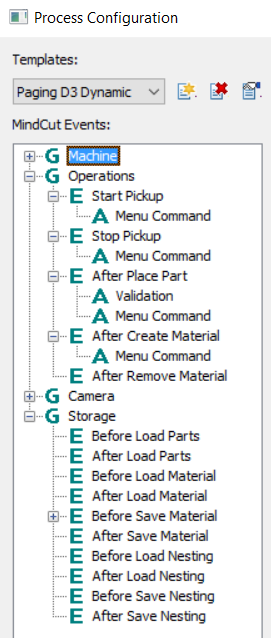
Enhanced production management concepts
New management features for production control. This includes but is not limited to:
- Group statistics interface and notification of number of produced kits.
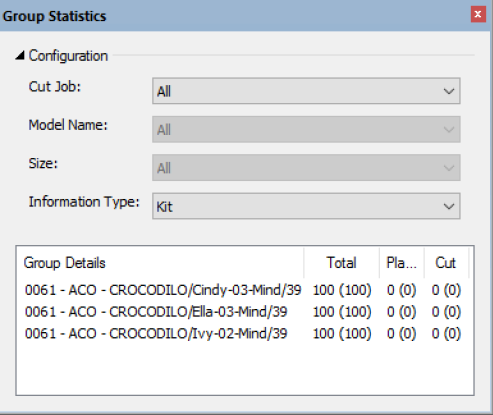
- Define quantity for each Job Queue entry to allow multiple cuts.
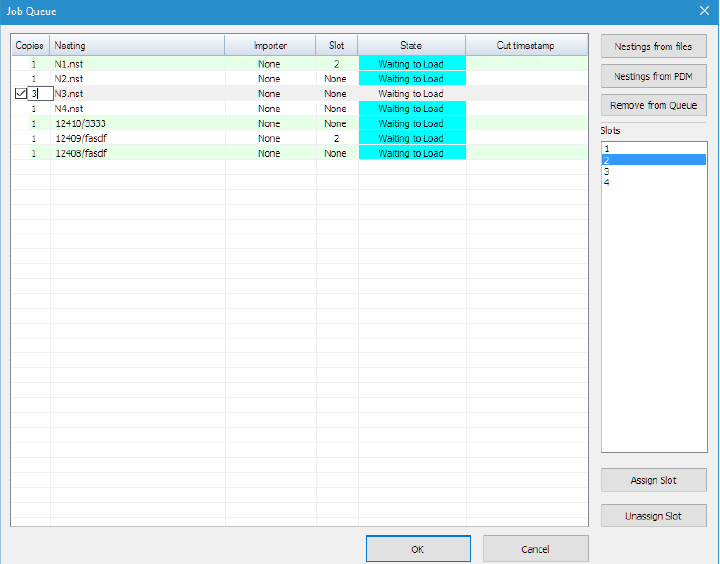
Leather workflow process enhancements
New process features related to leather workflow. This includes but is not limited to:
- Automatic registration of scanned material based on reference point marks.
With the appropriate detection mode, it is now possible to automatically register scanned materials that include reference marks. - Automatic Remnant extraction and storage linked to original scanned hide/material.
This is an important feature for tight stock control, yield calculation and financial reporting. - New trim functionality by material border with smoothing control.
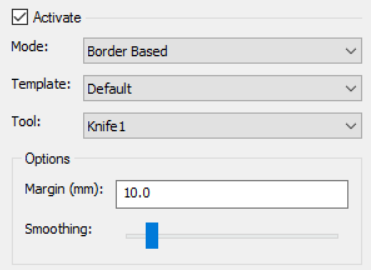
Synthetics workflow process enhancements
New process features related to synthetics workflow. This includes but is not limited to:
- Allow material/nesting alignment confirmation using laser pointer.
Validation of roll/sheet positioning without a projection helper. - Virtual material trim by nested parts.
Trim of long rectangular materials to ensure minimum material dimensions are stored preserving all original material properties such as direction and margins.
Quality
Enhanced cutting control
Several enhancements were done to ensure better-quality cutting. This includes but is not limited to:
- Change the tool speed while processing part border based on material edge distance.
This feature allows cutting speed decrease for wavy materials where the vacuum is not efficient enough to hold them tightly.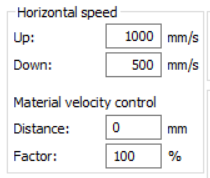
- Entry Leather Pen Up position.
Use different up position to avoid touching wavy materials edge while entering/leaving.
- Overcut optimization.
Precise control of overcut based on knife position, material thickness, and quality requirements.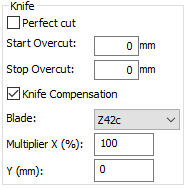
- Notch optimization
Selective change of acceleration is now enabled when handling formal notches. This will lead to better-quality shapes on notches when there is no tool lifting. - Tool calibration
Interactive options for calibration initialization and readjustment of a specific tool.
Production quality control
Several enhancements were done in the infrastructure to enable validation toward process quality control. 
This is accomplished through a process validation rule for the following metrics:
- Alert for tool usage after x meters,
- Alert for nesting efficiency.
- Alert for material gross area.
- Alert for material quality.
- Alert for material classification matching between job part and material.
- Alert for material deformation (Pattern Matching)
- Alert for number of complete kits.
Usability
Enhanced production management concepts
Job planning is now called Job Queue, accept multi source, and allow reordering.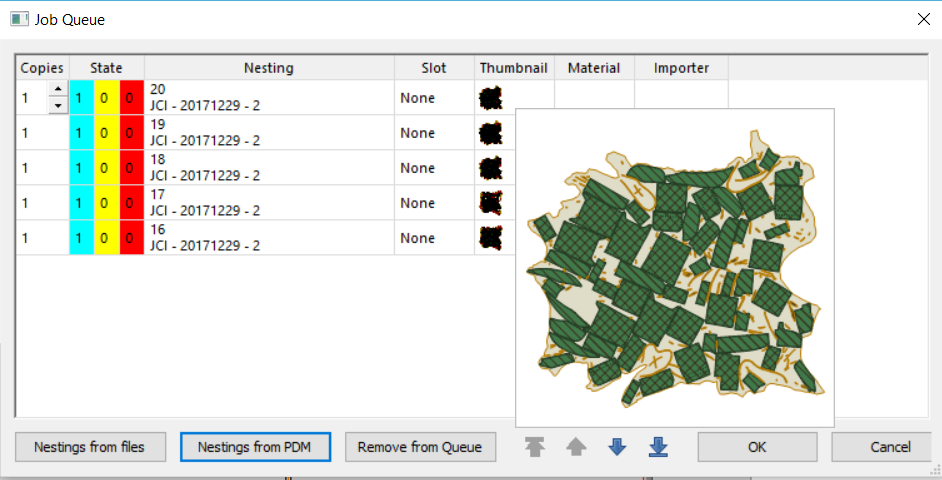
Infrastructure redesign for simplified servicing and process enforcement
Support for multiple levels of user profiles allow for safer operation enforcing factory rules and establishing a clear chain of responsibilities. Also, application configuration is now independent from the logged user leaving only some visual aspects for user customization.
Leather workflow process enhancements
Tools for Leather classification were completely redesigned to better cope with new interactive pen option. Specific interface revision for mouse interaction was also done.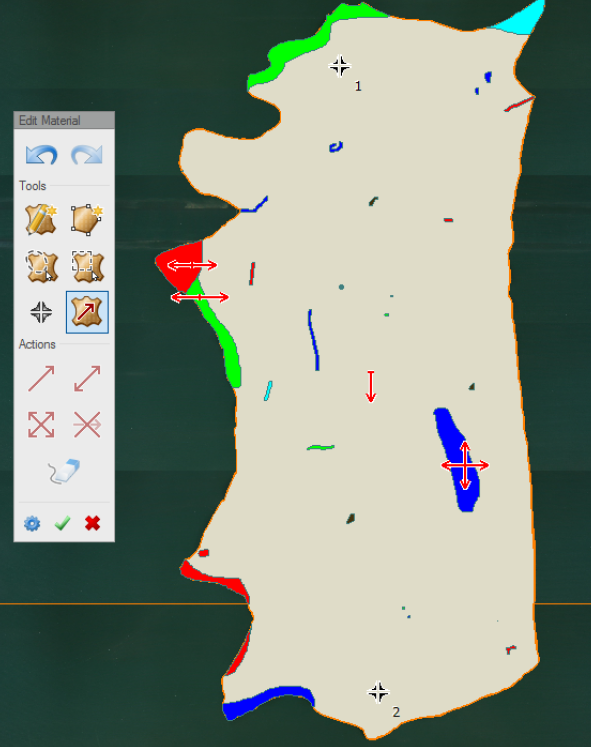
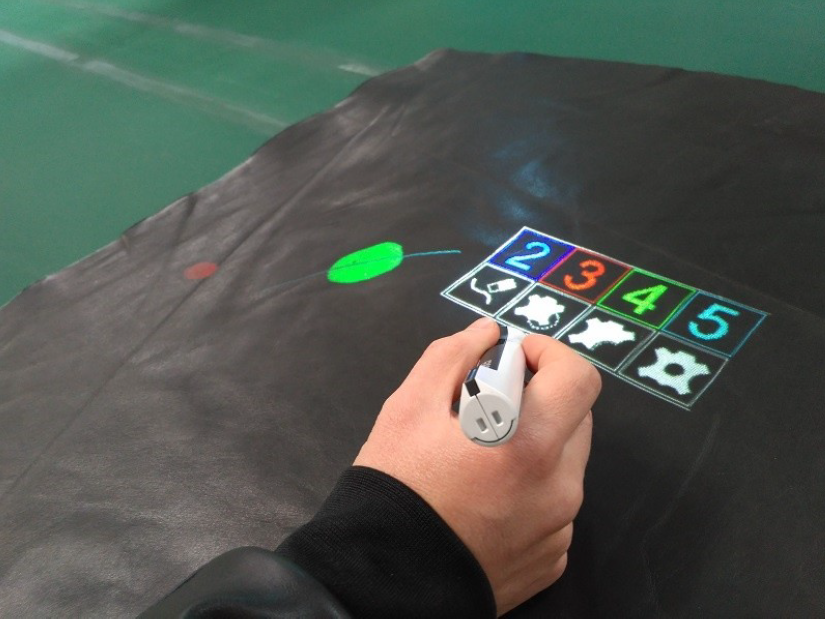
Revised interface toward user interaction and process simplification
Taking operator feedback into account, some identified issues were resolved. This includes but is not limited to:
- Revised Modify Quantities dialog and interactions to ease future deprecation of Modify Quantities/By Part and Size dialogs.
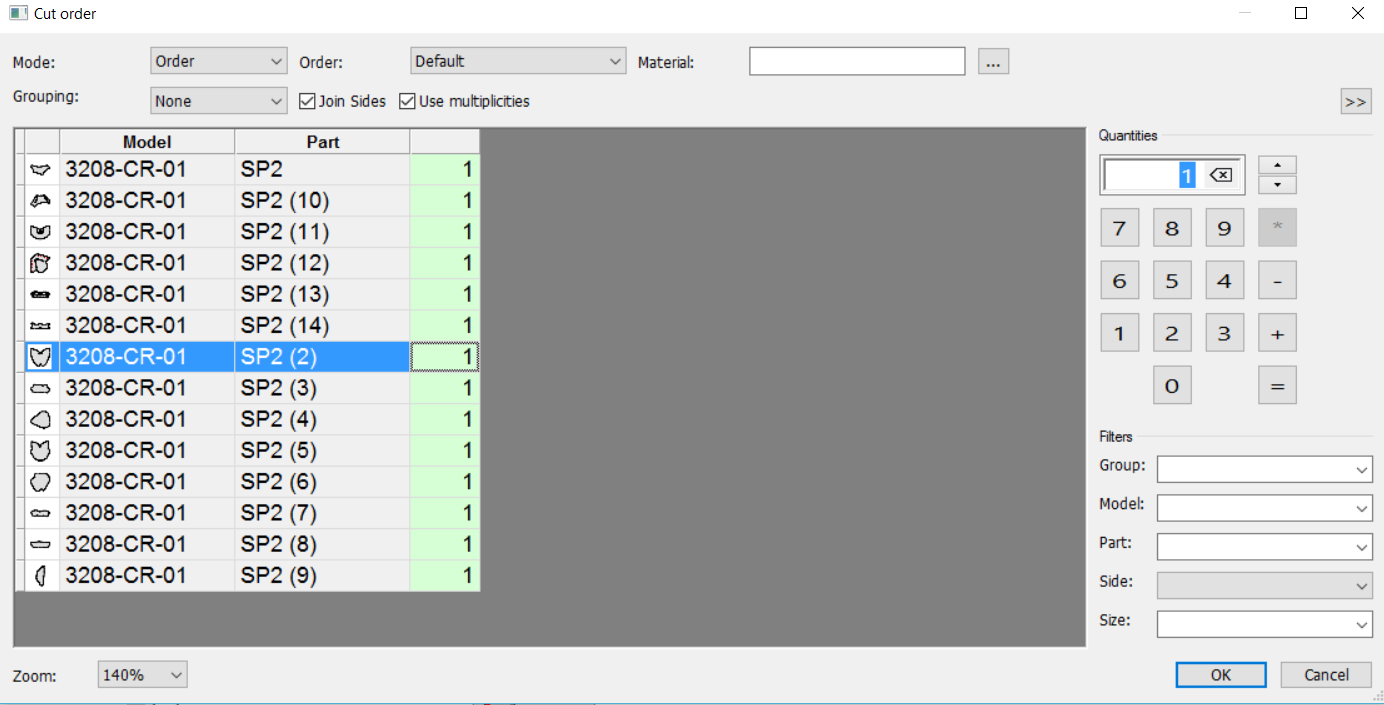
- Parts properties tab converted to Parts List dialog for consistent and easier configuration.

- Draw orientation axis on plotted calibration grid to help grid positioning on the cutting table.
- Plot grid with multiple feed support (i.e. grids larger than machine operational area) and last page contains align points.
- Interface layout memory fully implemented, allowing extreme user layout customization.
- Part preview should present consistent colors with MindCUT Model Importer for qualities.
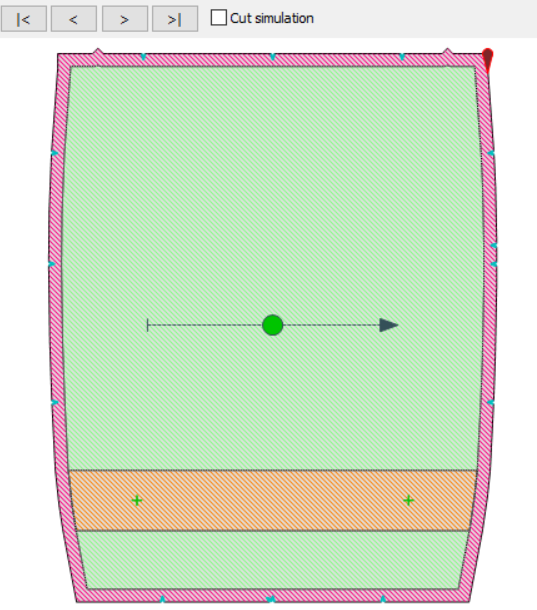
- Specialized Zoom options allowing deeper control of interface user context on configured processes.
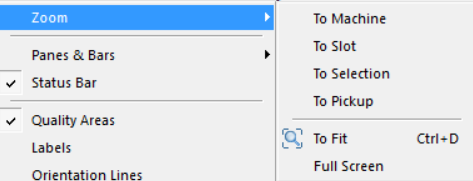
MindCUT Automatic Nesting
Productivity
Leather workflow process enhancements
Coupled with PDM for Cutting Advanced concept, automatic nesting processes allow fully automated sequential or parallel nesting of materials.
Gravity factor (keep parts as together as possible) for nesting on kits and specific part groups. This is useful for high-quality production where material color variation tolerance within the same product is unacceptable.
Angle selection dependency between parts of the same kits and specific part groups. This is useful to bind a specific angle selection to all parts of a kit. Useful to allow nesting to choose best angle for a set of parts without initially restricting to a fixed angle for all kits.
Tolerance shrink factor for wide quality regions while trying to place for higher quality parts.
Remnant efficiency calculation on nesting engines.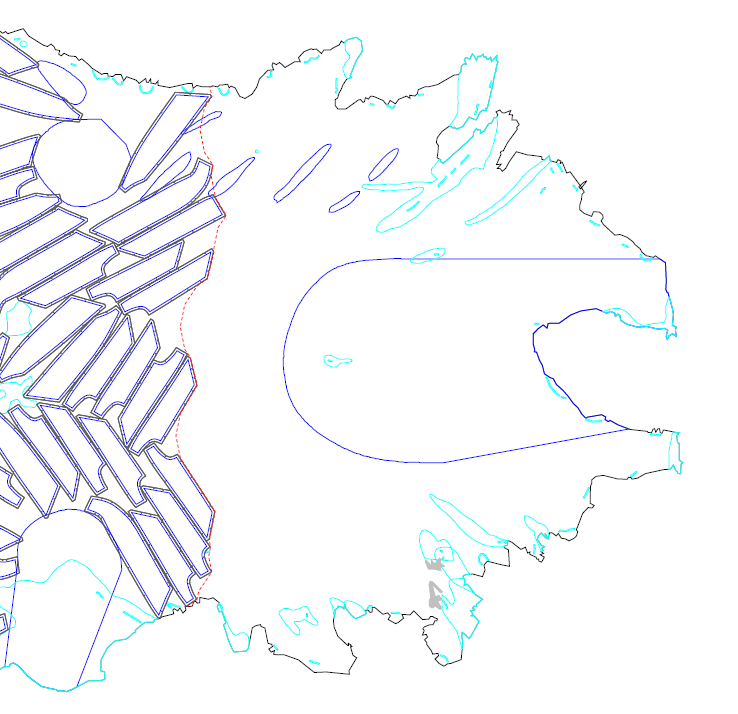
Support for multiple stretch orientations and ranges for each material quality zone.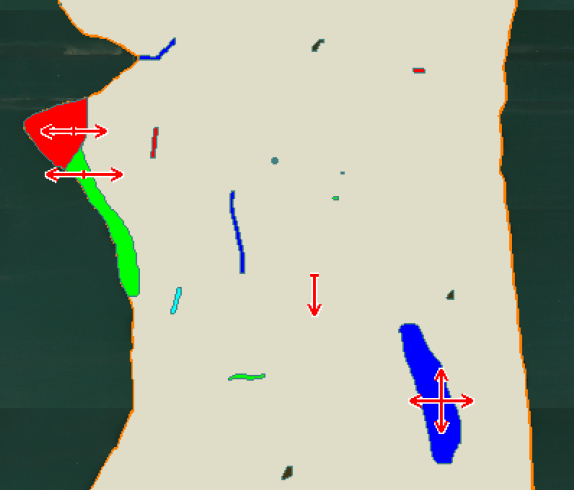
Synthetics workflow process enhancements
Coupled with PDM for Cutting Advanced concept, automatic nesting processes allow fully automated sequential nesting of materials.
Angle selection dependency between parts of the same kits and specific part groups. This is useful to bind a specific angle selection to all parts of a kit. Useful to allow nesting to choose best angle for a set of parts without initially restricting to a fixed angle for all kits.
Nesting of “insoles type” shapes with reference point/axis based like in Nesting for Pattern Materials. This is useful to synch visual elements on materials that should appear in specific locations on the target parts.
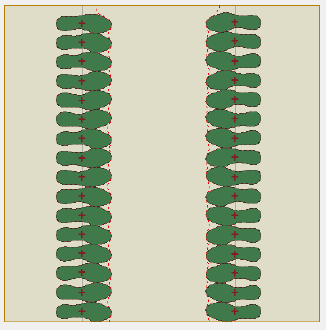
Usability
Revised interface toward user interaction and process simplification
New engine names organization and module assignment. The engine naming effort was made in convergence with module purpose. Also, naming reflects the relationship with the software release when such linkage exists.
MindCUT Model Importer
Usability
Revised interface for user interaction simplification
Size and Part names add to selection filter.
Enhanced quality zones tool for quicker setup of quality borders.
Definition of part center point and orientation.